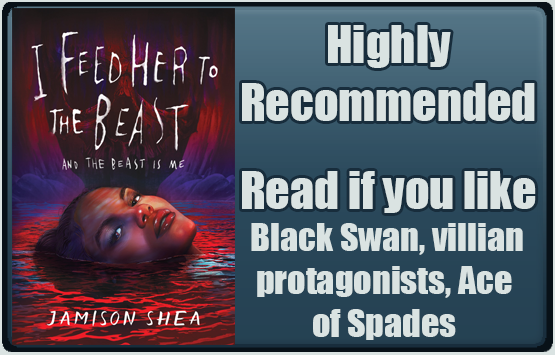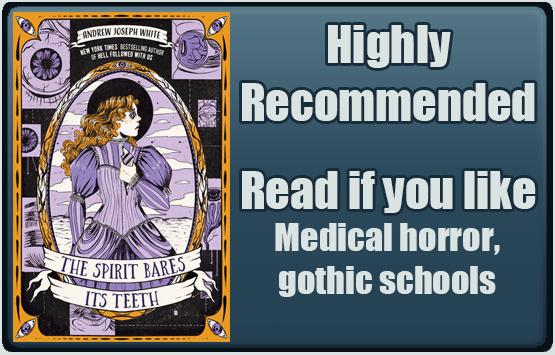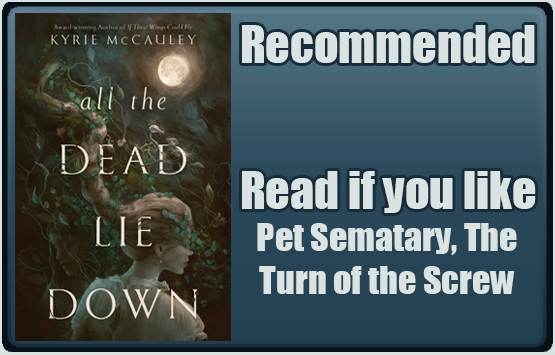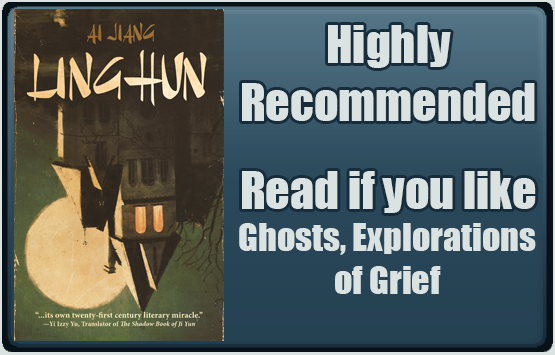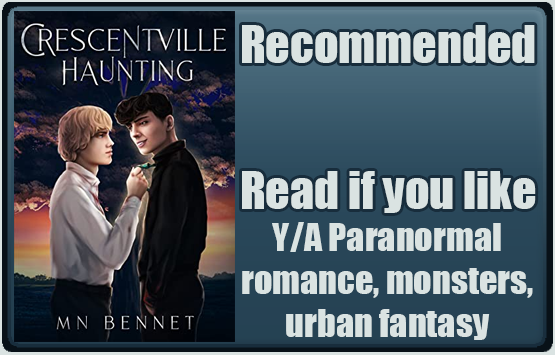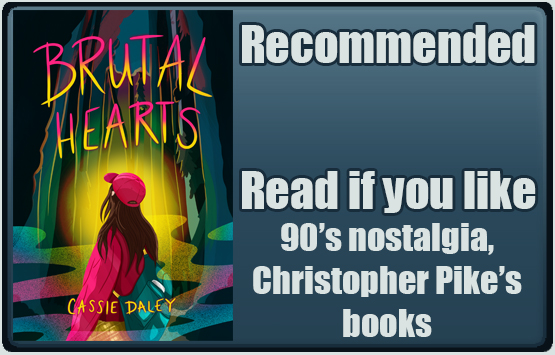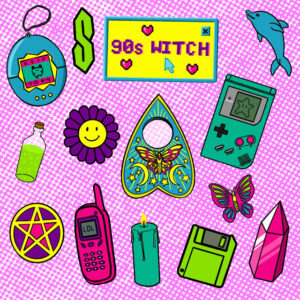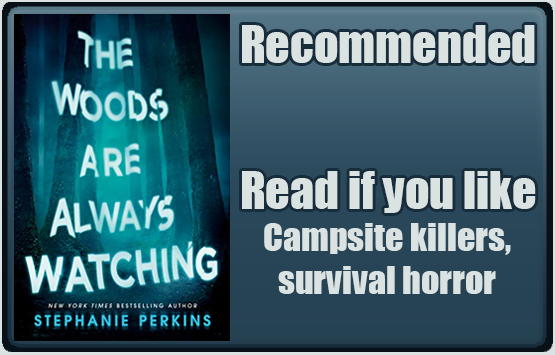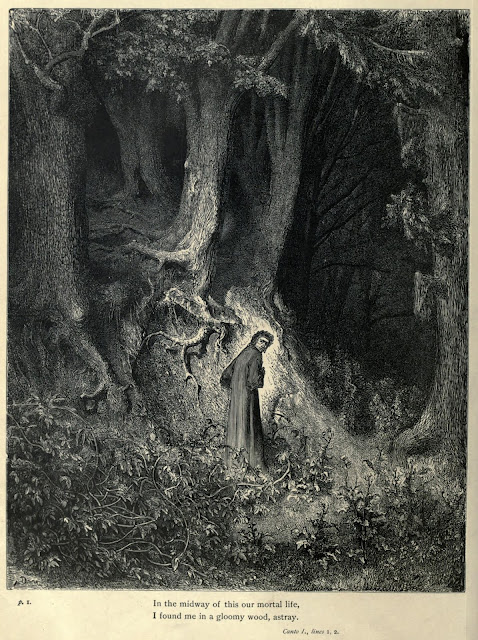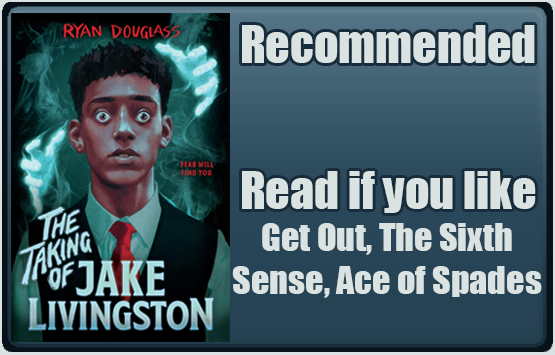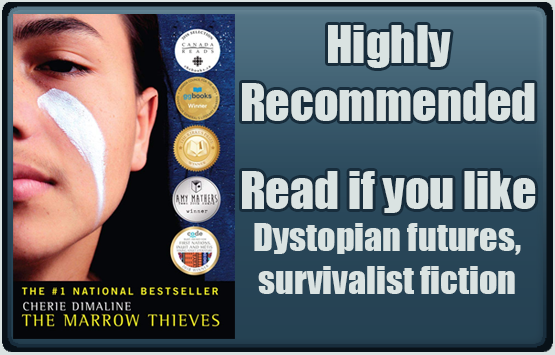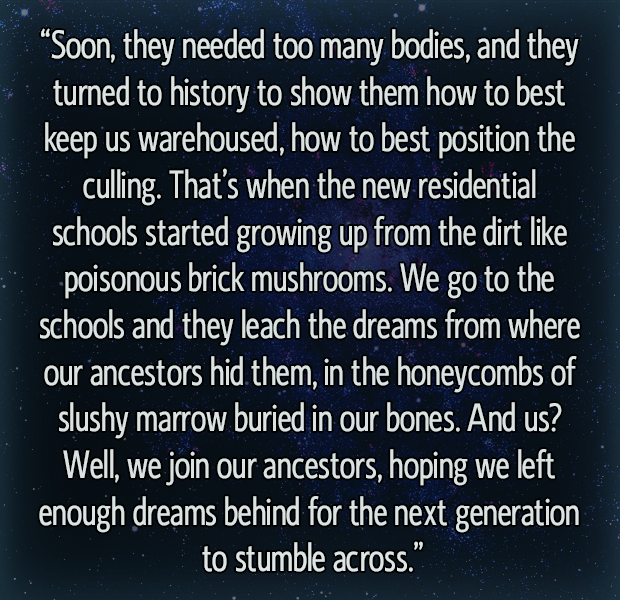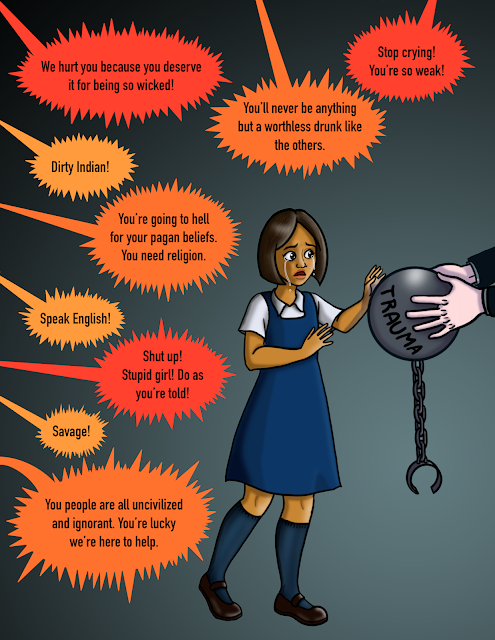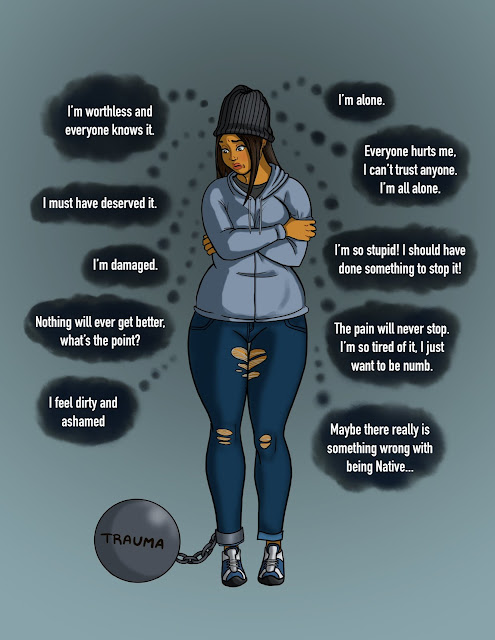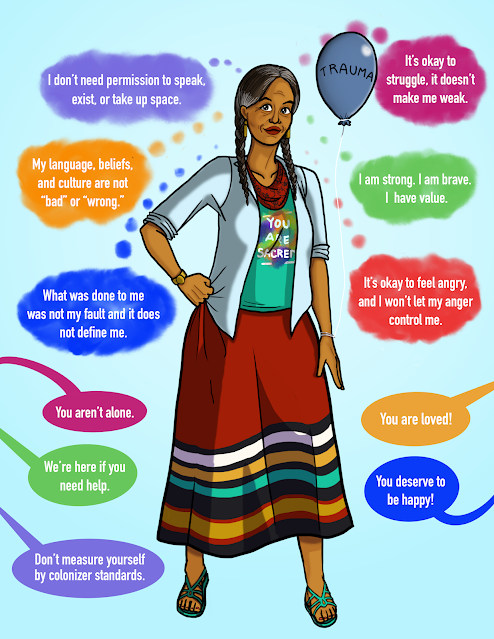Formats: Print, audio, digital
Publisher: Henry Holt and Co.
Genre: Dark Fantasy, Mystery, Occult, Thriller
Audience: Young Adult
Diversity: Black main character and author, bisexual main character
Takes Place in: Paris, France
Content Warnings (Highlight to view): Body Shaming, Bullying, Death, Racism, Self Harm, Verbal/Emotional Abuse
Blurb
There will be blood.
Ace of Spades meets House of Hollow in this villain origin story.
Laure Mesny is a perfectionist with an axe to grind. Despite being constantly overlooked in the elite and cutthroat world of the Parisian ballet, she will do anything to prove that a Black girl can take center stage. To level the playing field, Laure ventures deep into the depths of the Catacombs and strikes a deal with a pulsating river of blood.
The primordial power Laure gains promises influence and adoration, everything she’s dreamed of and worked toward. With retribution on her mind, she surpasses her bitter and privileged peers, leaving broken bodies behind her on her climb to stardom.
But even as undeniable as she is, Laure is not the only monster around. And her vicious desires make her a perfect target for slaughter. As she descends into madness and the mystifying underworld beneath her, she is faced with the ultimate choice: continue to break herself for scraps of validation or succumb to the darkness that wants her exactly as she is—monstrous heart and all. That is, if the god-killer doesn’t catch her first.
From debut author Jamison Shea comes I Feed Her to the Beast and the Beast Is Me, a slow-burn horror that lifts a veil on the institutions that profit on exclusion and the toll of giving everything to a world that will never love you back.
I received this product for free in return for providing an honest and unbiased review. I received no other compensation. I am disclosing this in accordance with the Federal Trade Commission’s 16 CFR, Part 255: Guides Concerning the Use of Endorsements and Testimonials in Advertising.
I went into I Feed Her to the Beast and the Beast is Me expecting Laure to be an unlikeable female protagonist (something I actually enjoy in a story), but I was not prepared for just how relatable she was. If I ever become a supervillain, my origin story will be me finally getting fed up with all the bigotry and microaggressions I have to deal with every day and deciding to get even, rather than continuing to either educate or ignore the people hurting me. And that’s exactly what Laure does. Can you blame her? Every other ballerina in her company is rich and white, with powerful parents just dripping with privilege. The ballet is cutthroat, with ballerinas actively trying to sabotage each other (dancers often finds glass and tacks in their ballet shoes) and praying for one another’s downfall, and Laure is at a distinct disadvantage. Even though she works the hardest and performs the best of all of them, she’ll always be the Black girl who has to steal to pay for her tights. So, she cheats to level the playing field. Once she does, her talent and hard work is immediately rewarded. And honestly? It’s cathartic to watch Laure stoop to the level of the other ballerinas and their awful parents. It is SO exhausting to always have to be the bigger person in the face of abuse. I may agree with Michelle Obama’s “When they go low, we go high,” but I still don’t like having to “go high” when I would rather be a petty asshole. So, in a purely fictional world? It’s wonderfully satisfying to watch a Black woman choose the role of the villain and get even with all those rich white girls.
Ballet is still one of the least diverse performing arts, fraught with racism that ranges from subtle to overt. This is especially true in Europe. In her book Turning Pointe, Chloe Angyal discusses ballet’s racism problem. She describes an encounter with a racist dance mom and her implied message to her daughter: “[Black dancers are] not really good, but they are allowed to be here. In this space that is rightfully yours, in this art form that is rightfully yours. They’re never as good as the white girls, a sweeping generalization that grants no individuality, no humanity, to any nonwhite dancer. They’re all the same, and they never deserve to be here. But don’t worry. Your excellence is a given. You belong here, while their presence is conditional or even ill-gotten.” I think this quote sums up Laure’s struggles beautifully. The only difference is that these are struggles faced by real dancers.
Even something as simple as buying pointe shoes is no easy task for Black dancers. Most dance garments are traditionally “European pink,” and don’t match darker skin tones. Black ballerinas often have to pancake their shoes in dark foundation to match their skin tone and dye their tutus and tights. It’s only recently that brands like Capezio, Freed of London, and Bloch have offered shoes in darker skin tones. In the book Laure must purchase her own ballet shoes and tights because the ballet will only pay for pink ones. Black bodies are also discriminated against in ballet. In an interview with Sheila Rohan the Black ballet dancer described racism in ballet. “Racism in the ballet arts… meant people would make remarks about the Black ballerinas’ bodies — such as their chests being ‘too busty’ or their thighs being ‘too thick.’” A Black dancer in Berlin was told to lighten her skin with white makeup in order to play a song in Swan Lake. Laure straightens and gels her curly hair into place so she won’t stand out from the other dancers, but is still told she’s too “exotic” for a French ballet by a drunk patron. The controversial ballet La Bayadère was performed in Blackface by Russian dancers (white dancers have also worn stereotypical clothing and makeup to portray Roma and Chinese characters). The same ballet put on by Laure’s company in which she plays a shade.
After being abandoned by both parents, Laure’s only source of support is her best (and only) friend, Coralie, who is… not great. She’s kind and supportive of Laure, yes, but she’s also a subpar ballerina who just assumes she’ll get a spot in Paris’ prestigious ballet due to her famous mother. She’s essentially an entitled slacker and just as oblivious to her privilege as the other rich white girls. Coralie is also a snob, turning her nose up at anything that doesn’t come with a high price tag, which grates on permanently broke Laure’s nerves. Coralie really does seem to love her best friend, but their relationship comes with a power imbalance. So, she does not take it well when that balance of power shifts and Laure starts beating her out for roles. Because she has no one else, Laure is terrified of losing her only friend (as difficult as she can be), that is until she meets the étoile of the ballet, Josephine. Josephine gives her friendship freely without expecting anything in return, and treats Laure as an equal. She introduces Laure to her friends and shows her how she too can become an étoile. Slowly, Laure starts to see what a true friendship is like and begins to pull away from Coralie, although she still refuses to drop her completely and makes excuses for the wealthy girl’s bad behavior. I liked that while Laure does pursue a romance with a man later in the book, the story is mostly focused on her female friendships. It’s also a nice change of pace to see a toxic platonic, non-familial relationship explored. I don’t think enough people talk about how friendships can be abusive and how hard “breaking up” with a friend can be.
Another interesting theme in I Feed Her to the Beast and the Beast is Me is the idea of “perfection.” As a burned-out former “gifted kid” I know what it’s like to be expected to be perfect, then destroy yourself trying to do the impossible and ultimately have a mental breakdown when you realize perfection can never be achieved, and therefore that makes you a “failure.” The ballet expects Laure and her peers to be no less than perfect, and anyone who doesn’t make the cut is thrown aside and forgotten. While Coralie can get by half-assing it because of her mother, Laure must be the best there is to even think of if she wants to compete with the others. And it means giving up everything. This kind of perfectionism is extremely damaging to your mental health. Laure also believes that acceptance and respect from the others is entirely dependent on being perfect, not realizing she deserves respect regardless of her performance.
I Feed Her to the Beast and the Beast is Me is one of those books that I absolutely devoured. It held my attention throughout the story (no small feat when you have ADHD), save for a short part in the middle that felt like it was dragging. But other than that small criticism I can’t think of anything negative to say about this book. It’s a unique setting for a horror story, and a fresh spin on a Faustian bargain narrative.
